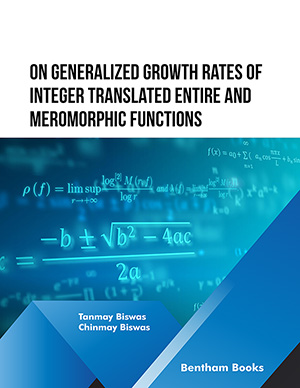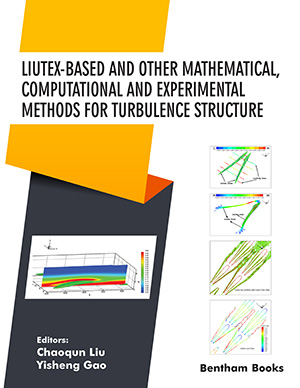Abstract
We consider synthetic magnetic resonance images of a brain slice generated with the BrainWeb resource. They correspond to measurements taken at various times and record the intensity of the response signal of the probed tissue to a magnetic pulse. The specific property measured, which is considered in this chapter, is transverse magnetization. The transverse magnetization decay technique can be used to obtain several images for a given axial slice of tissue. Namely, for each pixel the time uniform sequence of transverse magnetization measurements yields information about the tissues at that pixel and for a given time the responses of all the pixels form an image of the slice. In clinical studies this data is acquired using the magnetic resonance procedure. Mathematically this decay is described as a linear combination of decaying exponentials and it strongly correlates to the tissue type at each pixel. We consider several approaches to extract the exponents and estimates of the fractions of each tissue type for every pixel in a region of interest. The main thrust is on separation of variables techniques, by looking at Prony’s method, some special Vandermonde systems and linear regression. We consider comparisons of a Prony technique and the classical separable nonlinear least squares method.
Keywords: Magnetic Resonance Imaging ( MRI), Prony method, Separable Nonlinear Least Squares, T2-weighted, Transverse Magnetization Decay












